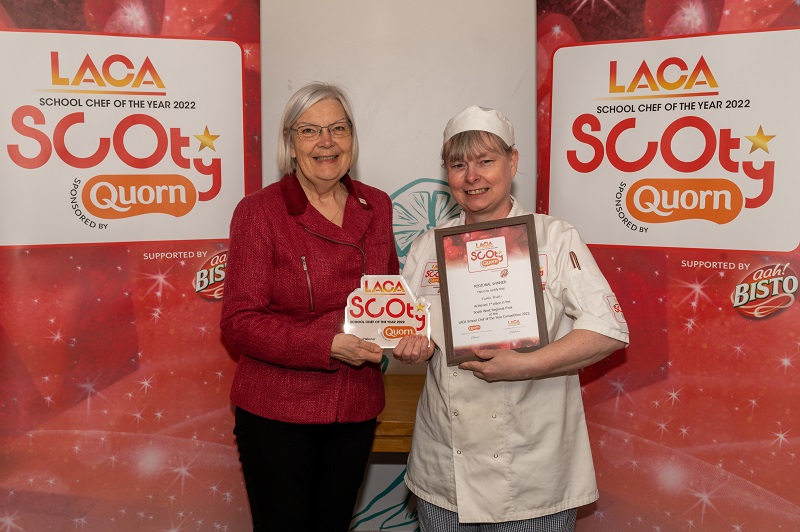The best seafood in the world comes from the U.S. Gulf of Mexico, and many companies who deliver it are going high-tech to tell the story and increase assurances that their product is, in fact, from the Gulf, an area rich in seafood history and flavor.
This revolution of the seafood industry is aided by an innovative new program, Gulf Seafood Trace http://gulfseafoodtrace.org/ , which has many seafood businesses buzzing. After passing muster with ten program pioneers (implemented by some of the leading suppliers of Gulf seafood), Gulf Seafood Trace is currently being rolled out at the International Boston Seafood Show.
This robust, full supply chain traceability and marketing program confirms and communicates the validity of the product and increases confidence of its source throughout the market. Program pioneers, who represent many industry leaders, have become the biggest proponents. “I think this program has the ability to be successful, to help the community to recover from all the challenges that we’ve been faced with, but also to create such a niche that in time the demand for Gulf seafood will be higher than it ever was,” says Mike Voisin, Chief Executive Officer of Motivatit Seafoods.
The program is sponsored and coordinated by the Gulf States Marine Fisheries Commission and is authorized by the state marine resource management agencies of the five states bordering the Gulf: Texas, Louisiana, Mississippi, Alabama and Florida. GCR Inc., a New Orleans consulting firm, is working with the Commission to provide marketing and outreach management. The Commission is also working with Trace Register, a leader in seafood traceability software. This Gulf Seafood Trace team will be attending the International Boston Seafood Show, presenting the program, and enlisting companies with a vested interest.
The listeners should be attentive. The Gulf Seafood Trace program is voluntary and complimentary. The learning curve is short for most, as the program allows companies to import directly into Trace Register from the established electronic trip ticket system. The potential gains include higher efficiency, valuable source data sharing, and increased demand.
Enrolled companies are offered Gulf Seafood Trace at no cost until the end of 2014 to empower them to tell the story of their seafood and ensure confidence in the market. The program includes the use of Bluefin Data’s e-trip ticket traceability interface for data entry from the existing system directly into Trace Register; it includes the Trace Register electronic traceability platform which gives each business the ability to share approved information through the supply chain; and it includes the Trace Register marketing module that will likely enhance demand for the product through an innovative interface.
The program also incorporates a data quality and confirmation component offered by Trace Register and MRAG to confirm the validly of the information being shared by businesses.
Information can be shared with buyers, consumers and other stakeholders for innovative marketing purposes, communicating safety and quality, conveying compliance with regulatory and buyer specifications, demonstrating certification, improving labeling, and providing sustainability resources.
Businesses can use this technology to build specific quick reference (QR) codes into their packaging that consumers can scan at restaurants or in their kitchen to access a wealth of information instantaneously.
Alex Miller, Economist and Gulf Seafood Trace Program Coordinator for GSMFC explains that, “consumers in today’s information age… want to know more about everything they purchase, especially their food. The more we can help assure them their seafood is the real thing and that it is from the Gulf, the more they will want to see it in their refrigerators and on their menus.”
This is the first program of its kind, incorporating full supply chain electronic traceability, data quality and confirmation, and marketing components, and the Gulf seafood industry is doing the necessary work to make information about their product more available. Edward Wood, President of Wood’s Fisheries, says, “it takes work and effort, but it’s going to actually make things that are fairly complicated to accomplish simple in the end and help with the viability of the industry.”






